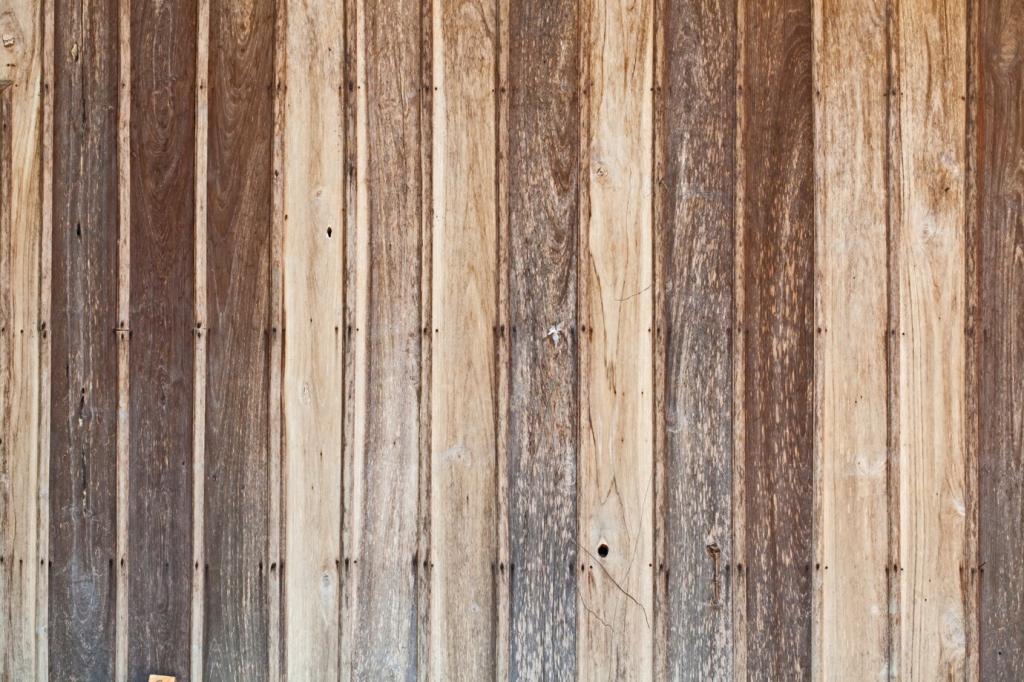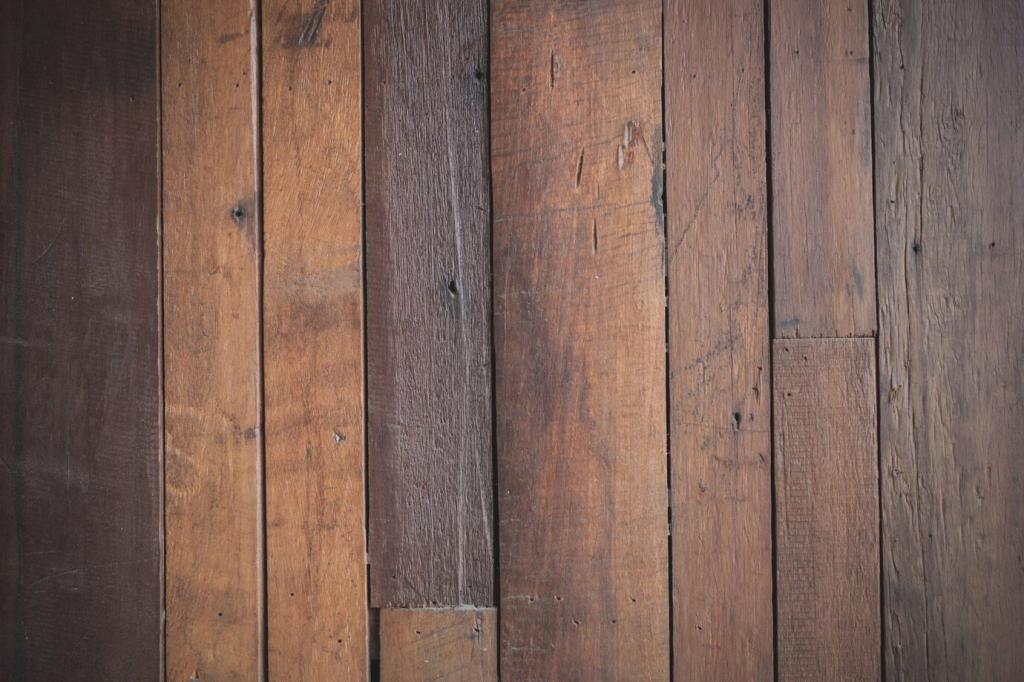Why Native Plants Are the Heart of Sustainability
Native oaks, asters, and milkweeds feed specialized insects that non-native ornamentals cannot sustain. You’ll notice birds returning for caterpillars, bees mapping new nectar routes, and a richer chorus at dusk—all signs that your garden is becoming living habitat.
Why Native Plants Are the Heart of Sustainability
Because native plants match local rainfall patterns and soil textures, they typically require far less irrigation once established. Their deep roots sip moisture efficiently, ride out heat waves, and prevent runoff, helping your landscape thrive while conserving precious water.
Why Native Plants Are the Heart of Sustainability
Native perennials often build extensive root systems that feed microbes, store carbon, and improve soil structure. Over time, your garden’s soil becomes sponge-like and alive, reducing erosion, buffering floods, and quietly locking away carbon beneath flowers and grasses.






